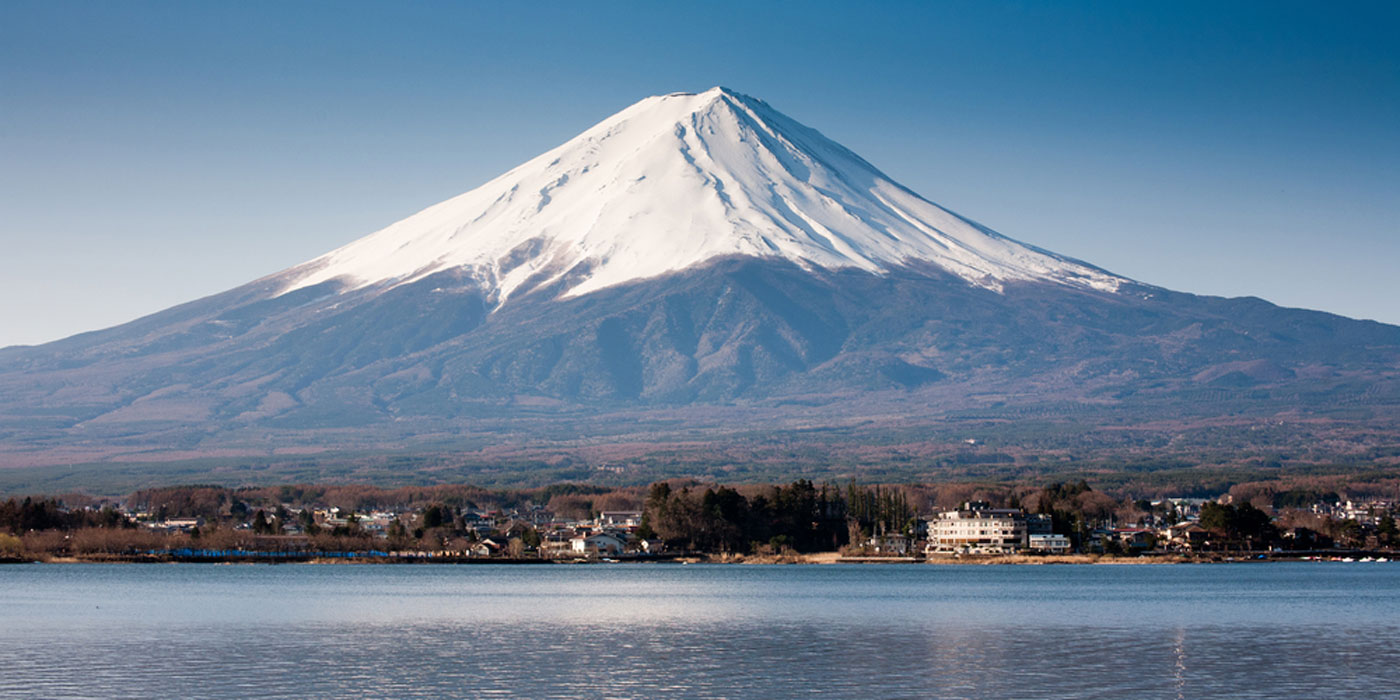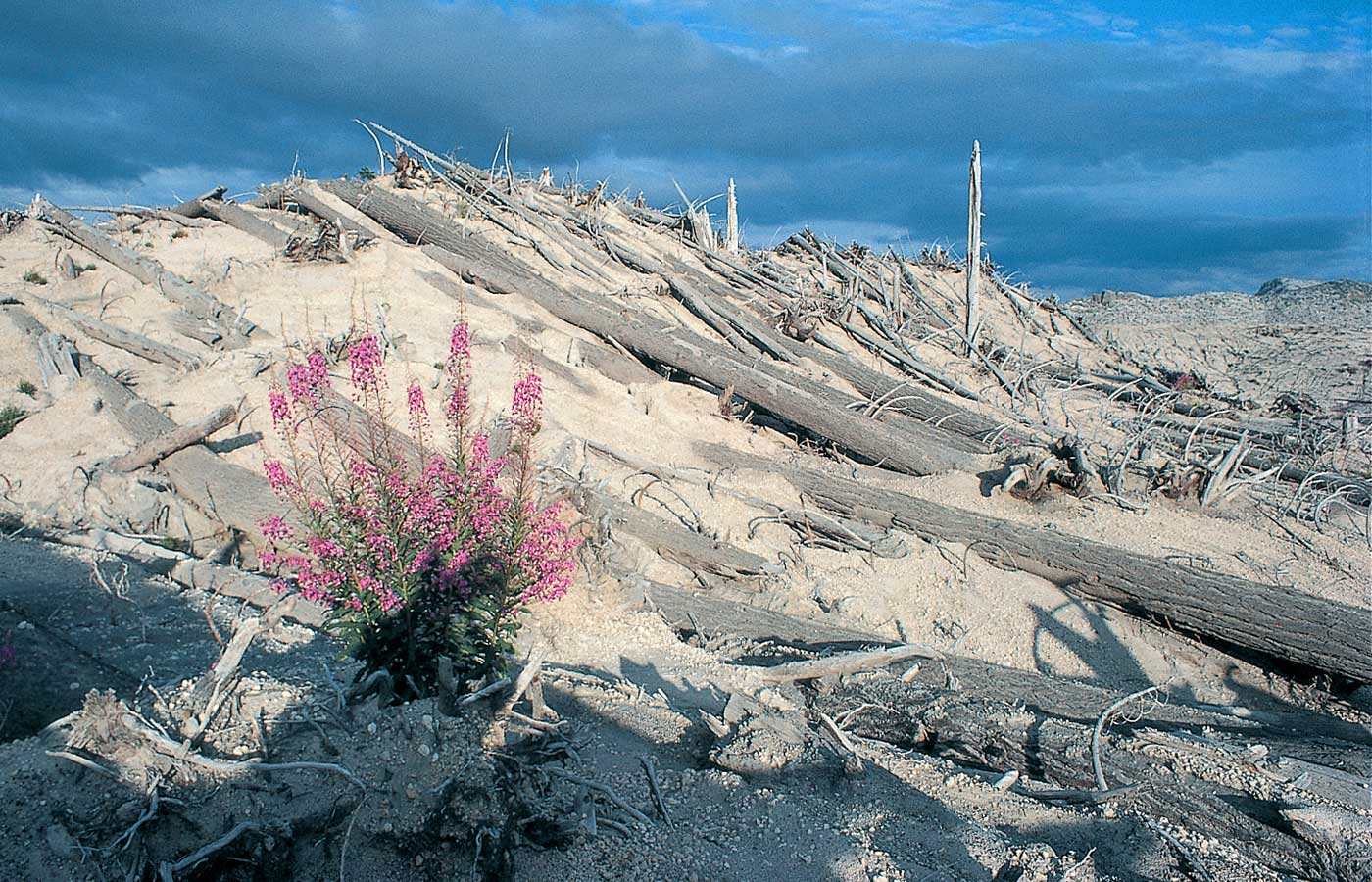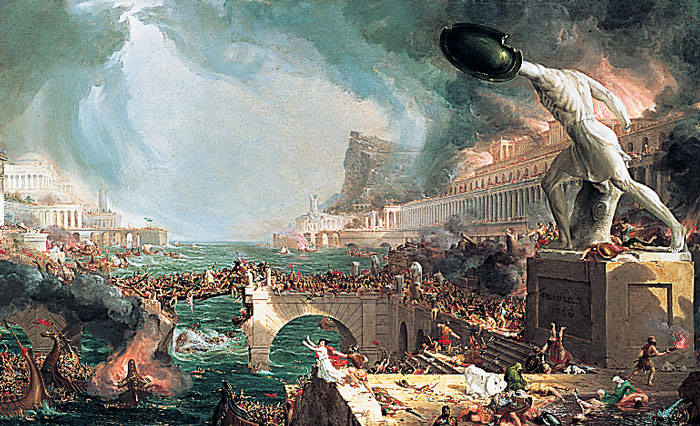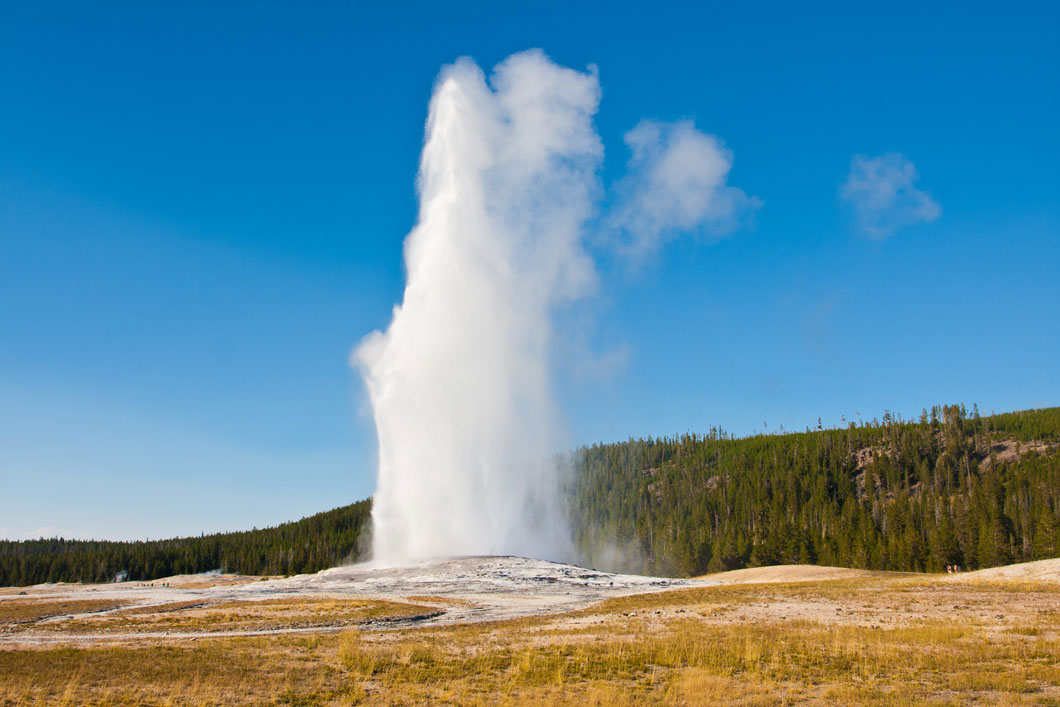Cross-Curricular Lessons on Volcanoes
- August 12, 2022
- By KIDS DISCOVER
August 24, A.D. 79, started like any other day in Pompeii, a town in southern Italy. By the end of the day, an entire town would be buried in ash and pumice, remaining that way for nearly 2,000 years. Have your students learn about these powerful forces of nature and how volcanoes have been fascinating humankind from the beginning. Here are 5 Cross-Curricular lesson ideas from Volcanoes, Ecology, Pompeii, and more to inspire your entire classroom.
Art
In our Volcanoes Unit, students learn that many Japanese artists have been inspired by Mount Fuji. Have students search art books and books about Japan for artistic images of Mount Fuji. Ask students to compare the artwork. Have students try their hand at creating a piece of art based on Mount Fuji using a similar style to a Japanese piece or a different style, such as pop art or collage.
Science
Volcanic eruptions and forest fires are two natural disasters that can have a profound effect on the environment. Have students research one volcanic eruption or fire that took place within the past 50 years. Students should tell when and where it occurred; what happened as an immediate result of the disaster; and how things have changed, if at all, between the time of the disaster and today. Students can learn more in The Balance of Nature Topic from our Ecology Unit.
Language Arts
After students have read our Pompeii Unit, have your students imagine that they experienced the eruption of Vesuvius but escaped death in the catastrophe. Have them write a journal entry describing what they witnessed and experienced. Afterward, they can share their piece with either a small group or the whole class. For artistic students, consider having students create a visual representation of the Mt. Vesuvius erupting.
Social Studies
Several sites in the United States mentioned in Volcanic America are landmarks left by volcanoes. Encourage students to find out about the attractions of these places and write travel advertisements or brochures promoting tourism.
Math
The heights of Mauna Kea and Mount Everest are shown in Volcanes: Active, Dormant, and Extinct. Have students find the heights of other tall mountains and make a chart comparing them. Make sure that students specify whether the height is from the ocean floor, as with Mount Kea, or how much is visible above sea level. Students should also be sure to present the heights in the same measurement. If needed, introduce to stu- dents how to convert feet and mile measurements to meter and kilometer measurements.




